7 Foods Okinawans Eat, And Perhaps You Should Too!
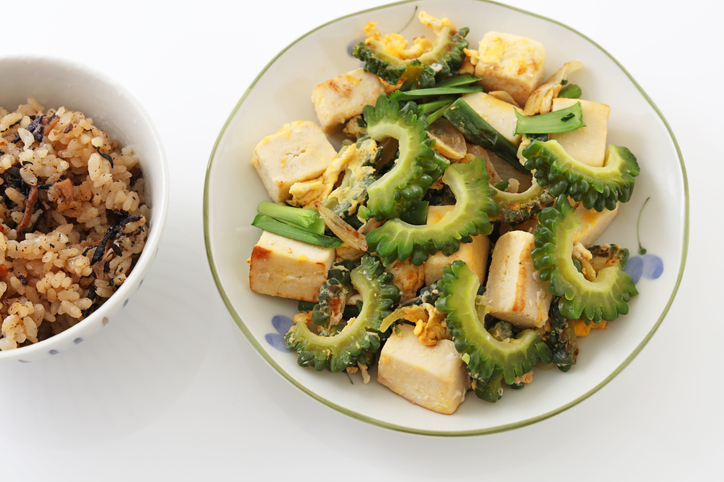
By Joy Stephenson-Laws, JD, Founder
One of the best ways to attain healthy and happy longevity is through maintaining a healthy and nutrient-rich diet. The Okinawans, a community of people from a group of islands in Japan’s southernmost prefecture, are living proof of this. Okinawa is considered to be one of the world’s five Blue Zones (areas in the world where humans are living not only the longest but also the healthiest). One of the most significant common denominators between all of the Blue Zones is diet. Blue Zoners are known for eating mainly plant-based, unprocessed nutrient-dense foods.
If you do not live in one of the beautiful islands of Okinawa or one of the other Blue Zones, it does not mean that you cannot eat accordingly. Also remember that diet is one of the most controllable factors when it comes to our overall health and wellness. We may not be able to control our genetics, but we have the power of choice with every meal, every day.
“For every 100,000 inhabitants, Okinawa has 68 centenarians – more than three times the numbers found in US populations of the same size,” according to a report from BBC.
“Even by the standards of Japan, Okinawans are remarkable, with a 40% greater chance of living to 100 than other Japanese people.”
Okinawans are also known for living to a healthy 100, with low rates of chronic health issues such as heart disease and diabetes. I don’t know about you, but I’m taking my nutrition tips from them! Let’s take a look at seven staple foods in the Okinawan diet.
1.) Purple Sweet PotatoesWhen you see these gorgeous, purple tubers in your grocery store, I highly recommend grabbing a few. Not only are they delicious, purple sweet potatoes are very rich in anthocyanins which are plant pigments with powerful health-boosting properties.
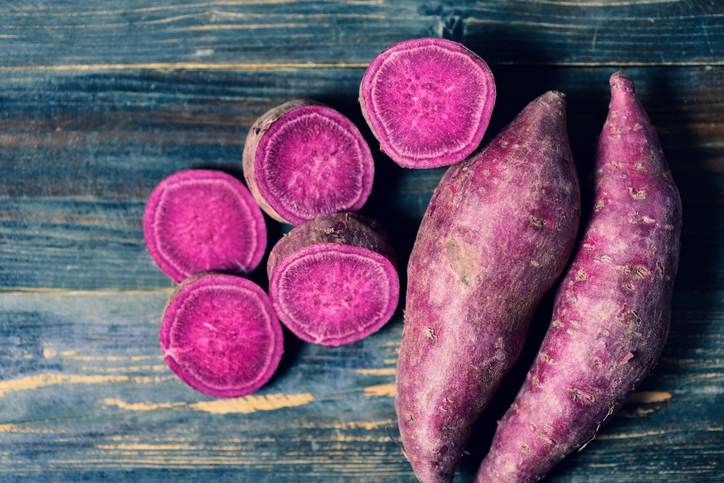
“Anthocyanidins are associated with heart health, antioxidant effects and help prevent obesity and diabetes,” according to an article published by the National Institutes of Health (NIH).
Purple sweet potatoes are also rich in potassium, vitamins A and C, calcium and more.
2.) Mulberry LeavesIf you get clearance from your doctor or a competent healthcare professional, you may want to sip on some mulberry leaf tea. This powerful plant is known for managing blood sugar levels, reducing blood pressure, helping with weight management and more.
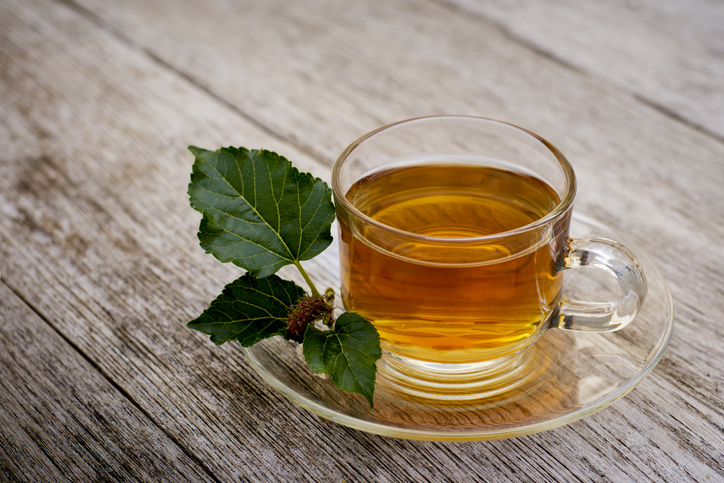
If not consumed appropriately (especially if you have underlying health issues), it has the potential to cause harmful side effects. This is why I suggest speaking with a doctor or healthcare professional before incorporating it into your diet. Please read this pH blog about a woman who, unfortunately, passed from improperly taking a white mulberry leaf supplement.
3.) Squid-Ink SoupI highly doubt this soup is on your radar, but squid ink is known for being rich in vitamin B12, antioxidants and minerals such as copper, iron and iodine. A study published by the National Institutes of Health (NIH) found evidence suggesting that consuming squid ink helped combat iron deficiency anemia.
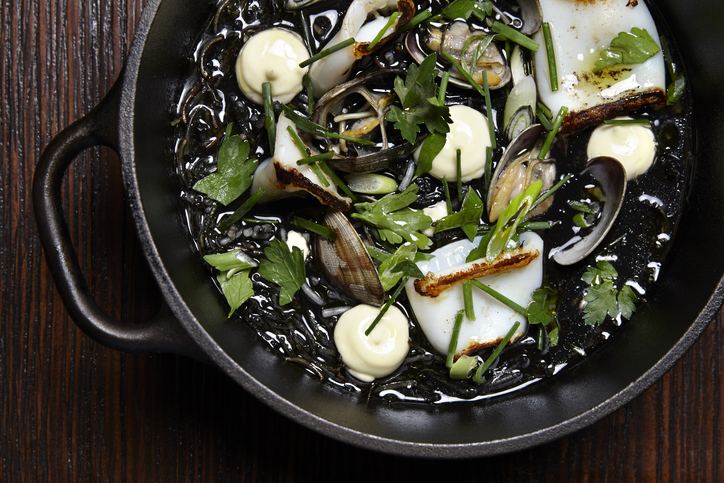
It is important to note that consuming squid ink is also popular in Italy, where another Blue Zone is located. Sardinia is a Blue Zone and is known for some of the longest living men. If you are an adventurous home chef, perhaps get some squid ink from a specialty store and try cooking up some squid ink soup or a squid ink pasta.
4.) Asa SeaweedI have previously blogged about the potential health benefits of consuming seaweed. Asa seaweed is a green seaweed.
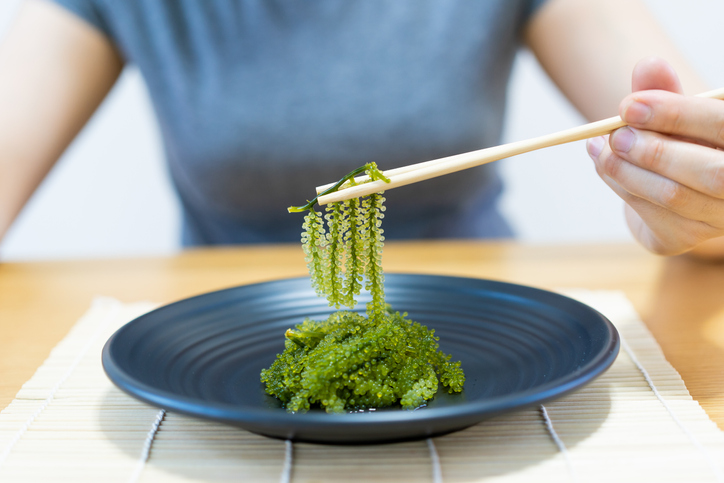
“Bioactive compounds of green seaweeds possess antioxidant, anticoagulant, antimutagenic, antibacterial, and anticancer activities [133]; thus, they have the potential to be functional foods,” reports the National Institutes of Health (NIH).
5.) MugwortMugwort is a plant that is a member of the daisy family.
“Historically, mugwort has been used in traditional systems of medicine in different parts of the world,” according to the National Center for Complementary and Integrative Health.
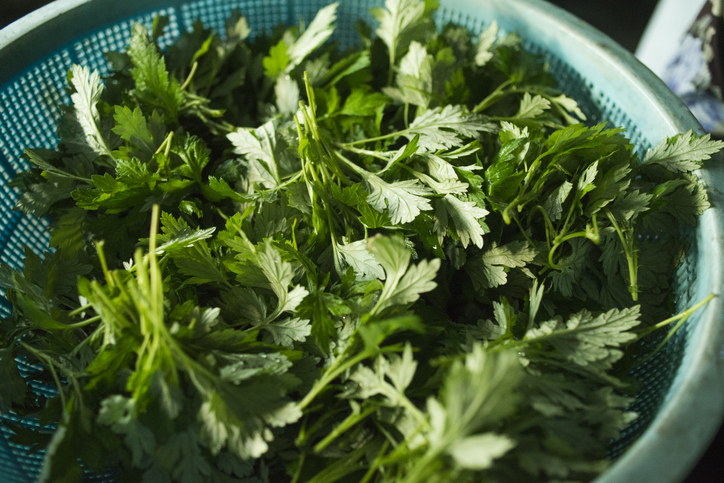
“Today, mugwort taken orally (by mouth) is promoted for digestive problems, irregular menstruation, and high blood pressure. It is also promoted as a sedative, laxative, and liver tonic.”
Once again, I advise speaking with a medical professional before incorporating mugwort into your diet.
6.) Goya (Japanese Bitter Gourd)Goya is a vegetable that belongs to the same plant family as the cucumber and watermelon. It actually looks like a spiky cucumber.
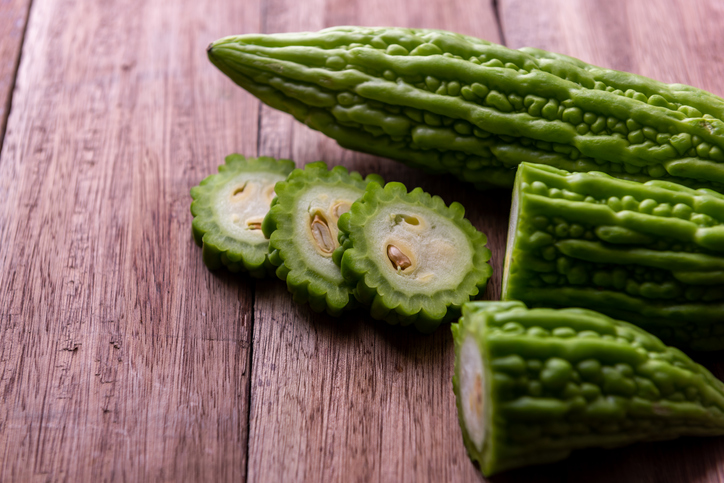
This veggie is known for being extremely nutrient-dense and helping lower blood sugar levels. According to this report from Insider, it is very popular in Okinawan stir-fry dishes and may be a reason why Okinawans overall have lower rates of diabetes.
7.) Okinawan Tofu“Like other tofus, this is a soybean-rich food that's good for the heart and may help lower cholesterol. But Okinawan tofu, pound for pound, provides even more protein and healthy fat than other tofus do because the soybeans are squeezed raw before boiling instead of after,” reports Insider.
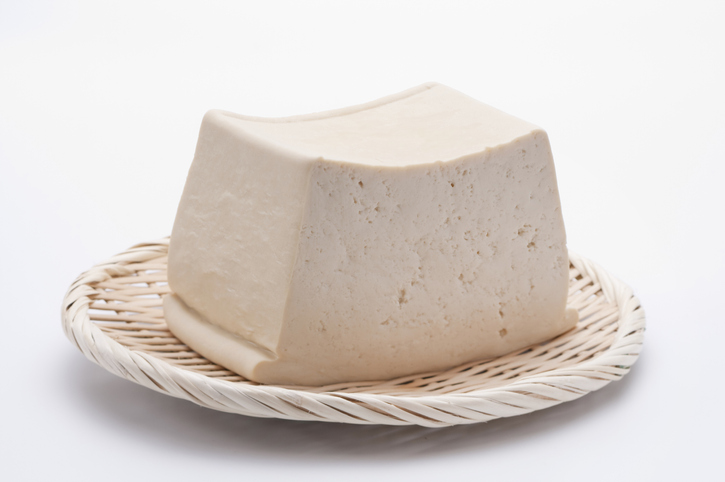
“While it may be difficult, or impossible, to find these exact foods in your local market or specialty produce store, there are things that Americans can do to mimic an Okinawan diet. People in Okinawa consume, on average, about 1,500 fewer calories a day than Americans, living by an old, Confucian eating rule called hara hachi bun me. The phrase roughly translates to ‘Eat until you're 80% full.’"
That’s pretty shocking to think that Americans eat 1,500 more calories per day than Okinawans do. Americans are also overall very sedentary. This may be why heart disease is the leading cause of death in both American men and women. We are also known for having high rates of diabetes, obesity and hypertension.
As mentioned it may not be feasible to eat exactly like an Okinawan, but if you can adopt a few of the foods or habits this can have a great effect on your health and potential for happy, healthy longevity. It is also important to note that Okinawans, and most Blue Zoners, are known for eating little to no red meat or processed foods. Think natural, plant foods.
Finally, it is always good to maintain nutritional balance. Most of us have nutritional deficiencies and imbalances but may not even know it. A comprehensive nutrient test will definitively determine any nutritional issues. Once you have your results, a competent healthcare professional can work with you on making the necessary dietary changes and recommend quality supplements if necessary.
Let’s be proactive in going after healthy and happy longevity.
Enjoy your healthy life!
Disclaimer: This article is not intended to provide medical advice. Please consult with your doctor or another competent healthcare practitioner to get specific medical advice for your situation.
The pH professional health care team includes recognized experts from a variety of health care and related disciplines, including physicians, attorneys, nutritionists, nurses, and certified fitness instructors. This team also includes the members of the pH Medical Advisory Board, which constantly monitors all pH programs, products, and services. To learn more about the pH Medical Advisory Board, click here.







